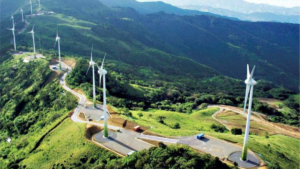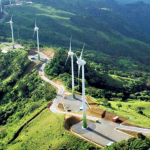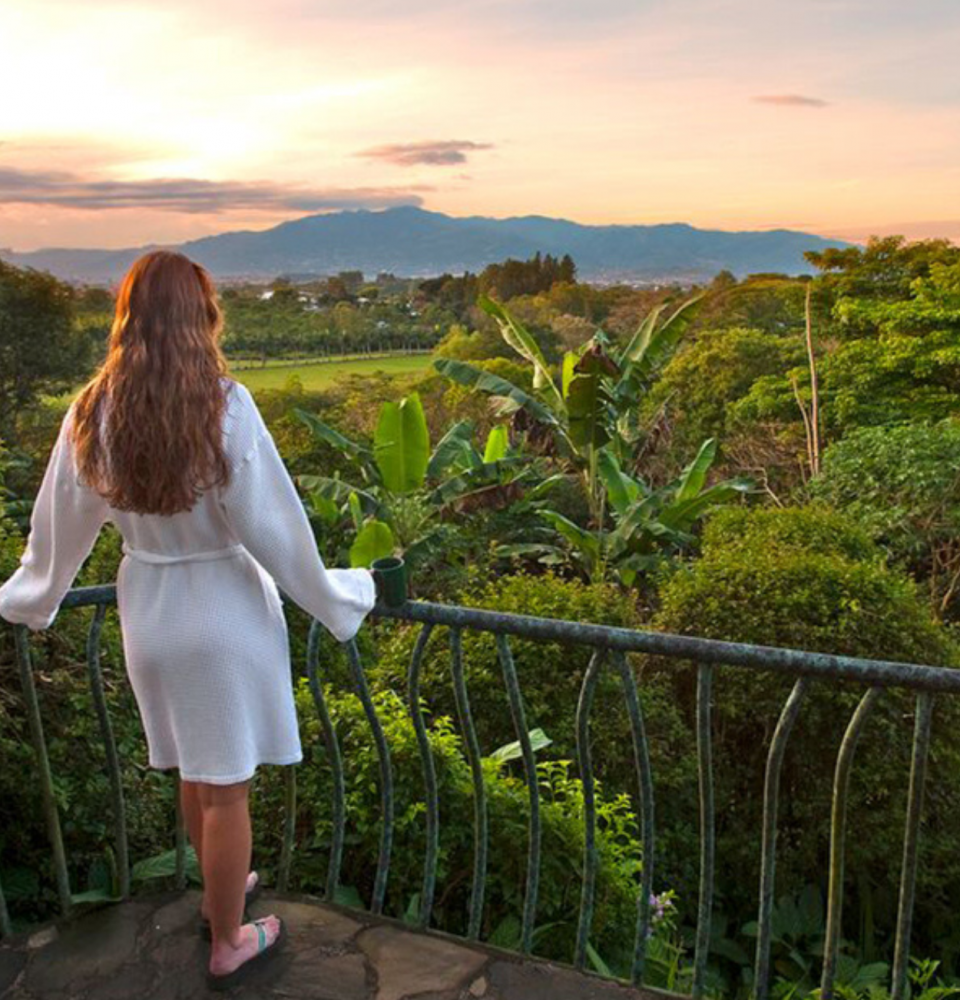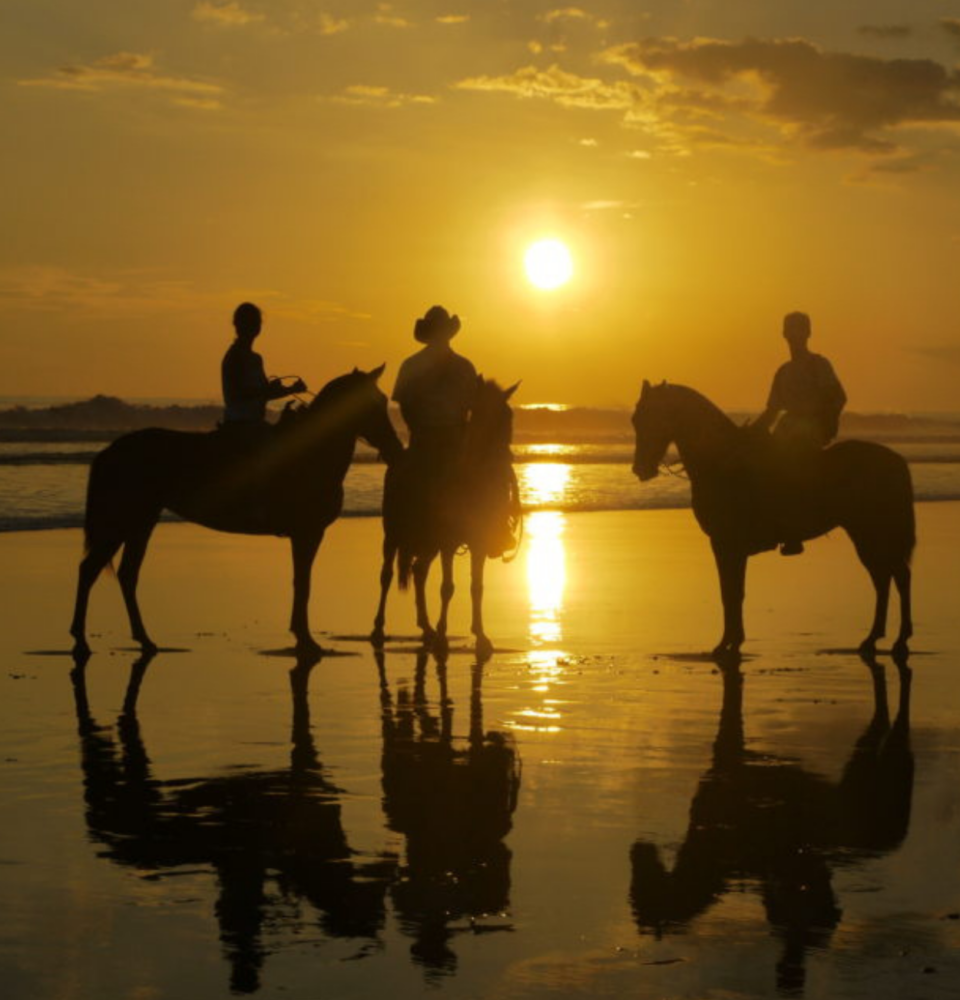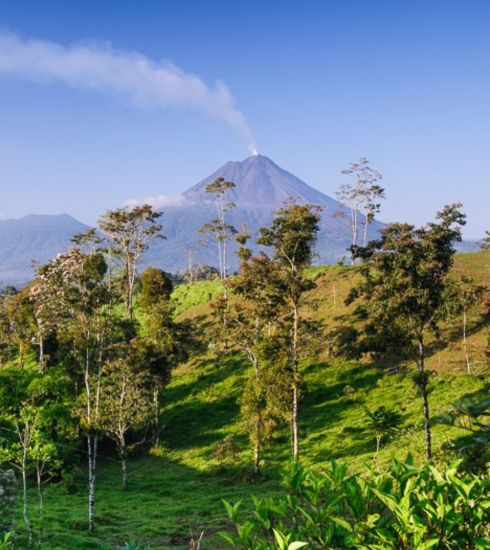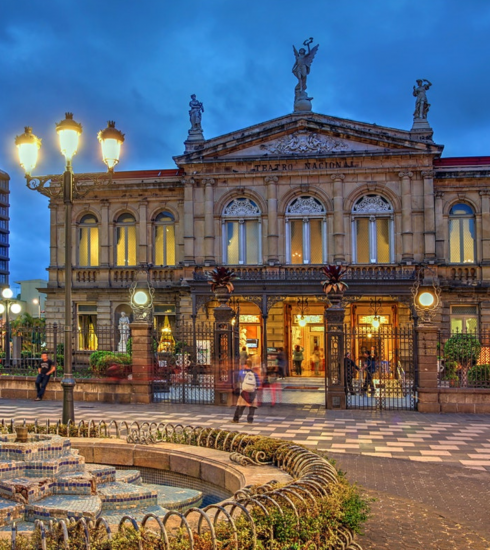Poas Volcano, Costa Rica
At approximately 1 mile (1.6 km.) wide and 320 meters deep, it lets out frequent geyser-like eruptions of muddy water and steam. The best time to view the crater is early in the morning before any clouds cover over the crater and the lake. Providing there is no mist or clouds to obscure your view you will see the sulfuric, bubbling, green rain fed lake at the bottom of the main crater, surrounded by rising smoke and steam. At its summit Poás has two crater lakes – the main crater and Botos Lake.
Landscape: Cloud forest, rainforest, mountains
Attractions: Hanging bridges, Cloud Forest Reserve, waterfalls, wildlife
Activities: Adventure tours, bird & wildlife watching, night hikes
Caters to: Couples/honeymooners, families, independent travelers, nature
The volcano has a long history of eruptions going back as far as 11 million years, and has erupted 39 times since the year 1828. Poas Volcano continues to stay active, however you won’t see any lava as you would at neighboring Arenal Volcano, which often gives spectators a show of flowing lava and rock. The most recent major activity at Poas was on January 25, 1910 when nearly a million tons of ash was ejected along with an immense column of smoke. Also in the period of 1952-1954, nearby areas were bombarded with ash and rocks. Since then, the Poas Volcano has maintained a low profile, but as recently as 1989, the park was closed because of dangerous sulfurous gas emissions.
This National Park is one of the most visited protected areas in the country and since it’s only 47 kilometers away from San Jose locals and tourists flock to the park, especially on weekends. There are many trails to explore and the park contains an abundance of plant and wildlife to seek out. The trails around the craters and into the forest are maintained by the park and well worth the time it takes to hike them.
The paved road trail that winds around to the right of the crater is called the “Crater Overlook Trail” and is 750 meters long. The trail that leads you to Botos Lagoon takes between 20 to 30 minutes to walk and surrounds you with amazing scenery. There is also the “Escalonia Trail” which is an enchanting walk through the forest and takes on average about 30 minutes to complete. When visiting the park and planning your hiking, keep in mind that the weather on the Volcano is very humid and can be windy so you will require suitable outwear like a sweater and raincoat, as well as shoes for muddy trails.
Lake Botos also known as Botos Lagoon, has little to no marine life due to its high acidity, however this extinct filled crater is home to many cloud forest birds such as the famous resplendent quetzals, toucanets, tanagers, hummingbirds and the clay-colored robin. The lake contains cold water and connects to the Rio Angel, and later to the large Rio Sarapiqui.
Evidencing Costa Rica’s incredible biodiversity, the national park contains a stunted forest, a cloud forest, areas with scarce vegetation and an area of arrayans. One of the most interesting eco-systems in the park is the dwarf – or stunted forest where the acid rain given off from the volcano does not allow the vegetation to grow very much, creating bonsai like trees and small, tough plants. Coyotes, skunks, long-tailed weasels and some small felines make up the mix of mammals that can be found here. There is also the rare Poas green-yellow squirrel that is only found within this park, so if you see it be sure to take a good look!
The drive to the Poas Volcano National Park is scenic and pleasant. From San Jose, take the highway to Alajuela. From there, take to road to Itiquis and Fraijanes, following the signs to the volcano. You can reach the park by car and bus, however the bus ride is a bit lengthy and complicated because the bus from San Jose stops in San Pedro de Poas which is 28 kilometers from the volcano. Tourists typically pay for a cab from San Jose or rent a car. The Volcano is best visited in the morning before 10 a.m. because of the cloud cover that occurs which blocks ideal views.
The Park and facilities are open from 8am to 4 pm. There is a modern visitors center which is wheel chair accessible, and a small museum that gives explanation and information interpreting the ecological and geothermal attractions within the park. There is also a cafeteria that serves hot drinks, coffee, sandwiches and other snacks.
Nearby to the national park is the La Paz waterfall, which is the most photographed waterfall in all of Costa Rica. It’s just 20 minutes away so you won’t want to miss it.
Poás is above the frost line, and temperatures below freezing are possible. Nearly constant winds and saturating humidity contribute to biting cold at the rim.
Explore Poas Volcano
Heredia, Costa Rica
Winding and twisting roads take you through little towns surrounded by coffee plantations and lush vegetation.
Escazu, Costa Rica
Retaining much of its local flavor, Escazú makes a great place to live for those who crave luxury.

